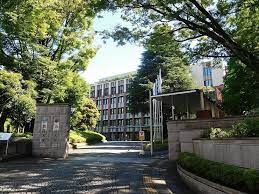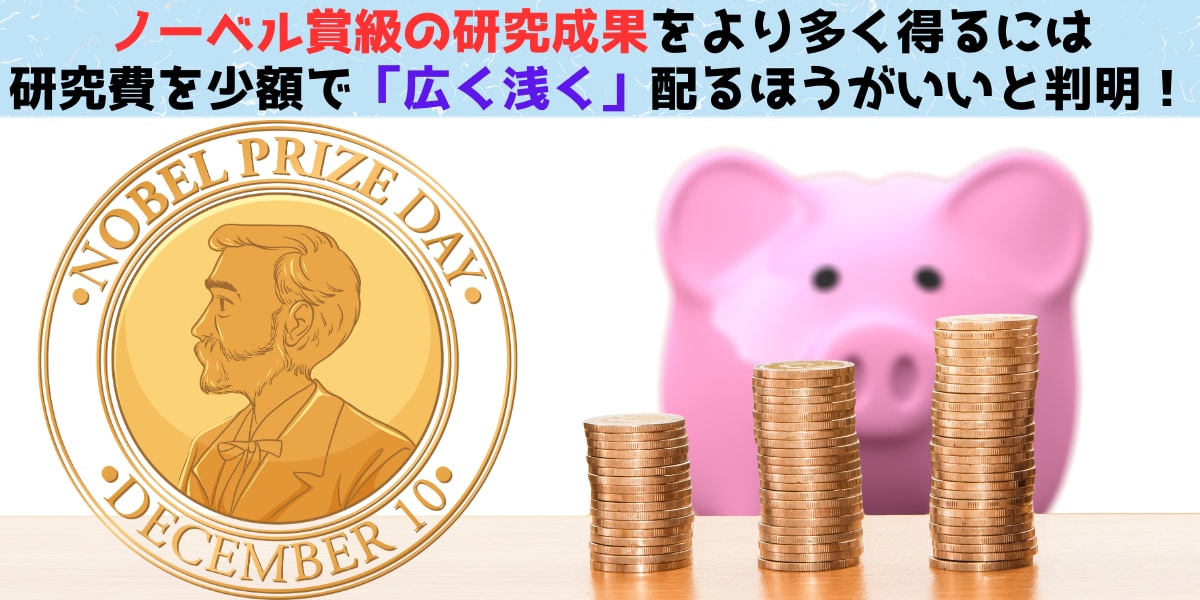
創造諾獎級成果:研究經費分配的重要性
-生命科學和醫學領域科研經費分析-
-將小額研究經費分配給眾多研究人員的意義-
– 我們將提供筑波雜誌文章的摘要。

筑波大學、弘前大學:
我們調查了自1991年以來分配給生命科學和醫學領域的所有科研經費。
如何創造值得諾貝爾獎的話題:
需要資金來鼓勵新興主題和值得諾貝爾獎的主題的創建。
對於獲得資助的研究人員來說,他們獲得的研究經費越多,他們能產生的成果就越多。

科研經費分配辦法:
“將小額研究經費分配給許多研究人員”和“將大額研究經費分配給少數研究人員”
哪一個會帶來更多創新?
最好將少量的資金分發給多人:
我們分析了生命科學和醫療領域投資效率的最佳分佈。
人們發現“將少量的研究經費分配給許多研究人員更為有效。”
本研究的目標:
針對自 1991 年以來分配給生命科學和醫學領域的所有科學研究補助金。
研究費用(金額和研究類型),
研究成果(論文數量、新興課題數量、諾獎級課題數量)、
我們綜合分析了兩家公司之間的相關性。
研究結果:公共科學圖書館一篇論文
對於接收方的研究人員來說,獲得的研究經費越多,他們能夠產出的研究成果就越多。
從投資者的角度分析了研究成果相對於總投資額的產出效率。
如果將 5000 萬日元或更多分配給某些人:
在高價值分佈的情況下,研究成果的產生趨於平穩。
與獲得研究資助之前相比,諾貝爾獎級別的課題數量有所減少。
如果您向多人分發 500 萬日元或以下:
“將500萬日元以下的資金分配給很多人”比“將大量的研究經費分配給少數研究人員”要有效得多。

本研究組:
至此,我們已經建立了一種定量識別新興主題和諾獎級別主題的方法。
PLoS ONE 論文闡明了“創建這些主題時與研究人員的關係”。
這次的結果:
這將提供“有助於日本研究政策和研究經費管理的基礎知識”。
https://www.tsukuba.ac.jp/journal/society-culture/20230822143000.html

The effectiveness of Japanese public funding to generate emerging topics in life science and medicine
To clarify how large grant amounts and which categories are more effective in generating emerging topics
from both the PI and investment perspectives,
we analyzed awarded PI publications containing emerging keywords (EKs; the elements of emerging topics) before and after funding.
Our results demonstrated that,
in terms of grant amounts, while PIs tended to generate more EKs with larger grants,
the most effective investment from the perspective of investor side was found in the smallest amount range for each PI (less than 5 million JPY /year).
Second, in terms of grant categories,
we found that grant categories providing smaller amounts for diverse researchers without excellent past performance records
were more effective from the investment perspective to generate EK.
https://journals.plos.org/plosone/article?id=10.1371/journal.pone.0290077